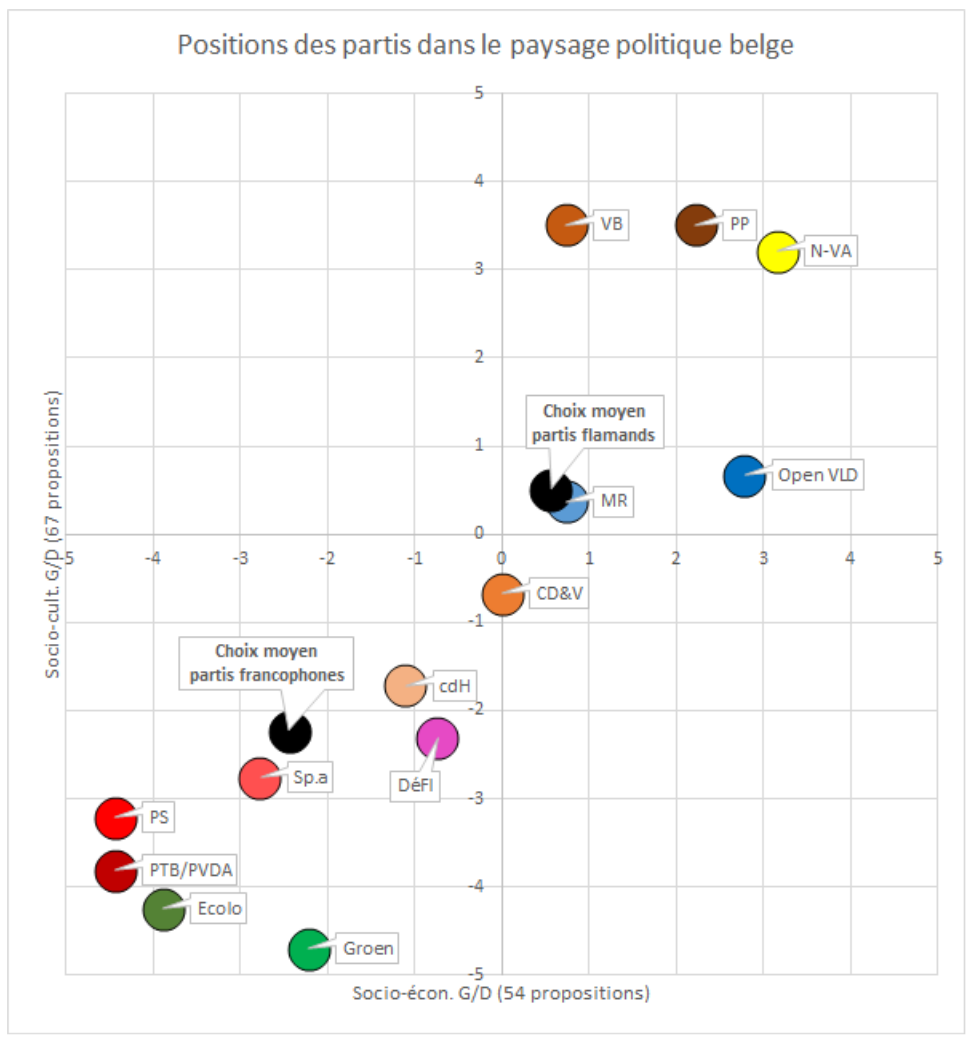Millions Made From Office365 Hacks: Insider Threat Exposed

Table of Contents
Insider Threats: The Weak Link in Your Office365 Security
Understanding the Insider Threat Landscape:
An "insider threat," in the context of Office365, refers to any risk posed by individuals within an organization who have legitimate access to its systems and data. These threats can be malicious, negligent, or even unintentional, resulting in significant data breaches and financial losses. Statistics show a concerning trend: Insider threats account for a substantial percentage of Office365 security breaches, often exceeding external attacks in their impact.
Different types of insider threats exist:
- Malicious Insiders: These individuals intentionally compromise Office365 systems for personal gain, such as stealing data for sale or sabotage.
- Negligent Insiders: These individuals unintentionally expose sensitive data through carelessness, such as leaving their accounts unlocked or falling prey to phishing scams.
- Compromised Insiders: These individuals have their accounts hijacked by external attackers who then exploit their access to Office365.
Examples of insider threats include:
- Phishing attacks leading to credential theft.
- Password sharing and weak password practices.
- Data exfiltration via unauthorized cloud storage services.
- Malicious macro usage within Office documents.
Common Tactics Used by Insiders to Exploit Office365:
Insiders leverage various tactics to breach Office365 security:
- Sophisticated Phishing Attacks: These attacks often mimic legitimate emails from trusted sources, tricking employees into revealing their credentials or downloading malicious software.
- Exploiting Weak Passwords: Many breaches result from simple password guessing or the reuse of passwords across multiple platforms.
- Malicious Macros and Attachments: Infected documents containing malicious macros can automatically download malware and compromise the entire system.
- Data Exfiltration via Cloud Storage: Insiders might upload sensitive data to unauthorized cloud storage services integrated with Office365, facilitating easy data theft.
Specific examples of successful attacks include a recent case where a disgruntled employee exfiltrated sensitive customer data, costing the company millions in legal fees and reputational damage. Another example involves a negligent employee falling victim to a phishing email, resulting in the compromise of numerous accounts and the theft of intellectual property.
The Financial Ramifications of Office365 Breaches
Direct Costs:
The financial impact of Office365 security breaches extends far beyond the initial incident. Direct costs include:
- Data Breach Response and Investigation: The cost of forensic analysis, legal counsel, and incident response teams can quickly escalate.
- Legal and Regulatory Fines: Non-compliance with regulations like GDPR and CCPA can result in substantial fines.
- Loss of Intellectual Property and Sensitive Data: The loss of proprietary information or customer data can irrevocably harm a business.
Examples of hefty fines include a recent case where a company was fined $5 million for a data breach stemming from an insider threat.
- $5 million fine for GDPR violation.
- $2 million settlement due to intellectual property theft.
- $1 million+ in legal fees and investigation costs.
Indirect Costs:
Beyond direct costs, indirect consequences significantly impact a business's bottom line:
- Reputational Damage: Loss of customer trust and brand damage can lead to decreased sales and long-term financial instability.
- Business Disruption: Downtime, operational disruptions, and productivity losses impact efficiency and profitability.
- Increased Insurance Premiums: After a breach, insurance premiums often increase significantly, adding ongoing financial strain.
The long-term impact on business profitability can be devastating, impacting revenue, investment, and overall financial health.
Protecting Your Organization from Office365 Hacks
Strengthening Access Control and Authentication:
Robust access control and authentication are crucial for preventing insider threats. This includes:
- Implementing Multi-Factor Authentication (MFA): MFA adds an extra layer of security, making it significantly harder for attackers to access accounts even if they obtain passwords.
- Regular Password Changes and Strong Password Policies: Enforcing strong, unique passwords and regular password changes minimizes the risk of unauthorized access.
- Principle of Least Privilege: Grant users only the minimum necessary access rights to perform their job duties.
Specific tools and technologies include:
- Azure Active Directory (Azure AD) for MFA and access management.
- Password managers for secure password storage and generation.
- Access control lists (ACLs) to restrict file and folder permissions.
Advanced Threat Protection and Monitoring:
Proactive threat detection and response are essential for mitigating risks:
- Utilizing Office365's Built-in Security Features: Leverage Office 365 Advanced Threat Protection (ATP) and Data Loss Prevention (DLP) features.
- Implementing Security Information and Event Management (SIEM) Systems: SIEM systems collect and analyze security logs from various sources, providing valuable insights into potential threats.
- Regular Security Audits and Penetration Testing: Regular assessments help identify vulnerabilities and improve overall security posture.
- Comprehensive Employee Security Awareness Training Programs: Educating employees about phishing, social engineering, and other threats is critical.
Best practices include regular security awareness training, simulating phishing attacks, and implementing robust incident response plans.
Conclusion: Safeguarding Your Business from Office365 Insider Threats
The significant financial risks associated with Office365 breaches stemming from insider threats cannot be overstated. The costs, both direct and indirect, can cripple even the most successful organizations. Implementing robust security measures, such as MFA, ATP, and comprehensive employee training, is paramount. Don't become another statistic. Protect your organization from devastating Office365 hacks by implementing the security strategies outlined in this article. Learn more about securing your Office365 environment today!

Featured Posts
-
 Prolonged Cold Weather In Tulsa Impacts Snow Removal
May 02, 2025
Prolonged Cold Weather In Tulsa Impacts Snow Removal
May 02, 2025 -
 Ap Decision Notes Your Guide To The Minnesota Special House Election
May 02, 2025
Ap Decision Notes Your Guide To The Minnesota Special House Election
May 02, 2025 -
 England Women Vs Spain Tv Coverage Kick Off Time And How To Watch
May 02, 2025
England Women Vs Spain Tv Coverage Kick Off Time And How To Watch
May 02, 2025 -
 The 1975 And Olivia Rodrigo To Headline Glastonbury 2024
May 02, 2025
The 1975 And Olivia Rodrigo To Headline Glastonbury 2024
May 02, 2025 -
 Bbcs Celebrity Traitors Hit By Star Withdrawals
May 02, 2025
Bbcs Celebrity Traitors Hit By Star Withdrawals
May 02, 2025
Latest Posts
-
 Reactions Des Partis Algeriens Pt Ffs Rcd Jil Jadid A La Reforme De La Loi
May 03, 2025
Reactions Des Partis Algeriens Pt Ffs Rcd Jil Jadid A La Reforme De La Loi
May 03, 2025 -
 Farage Denies Far Right Claims Amidst Union Confrontation
May 03, 2025
Farage Denies Far Right Claims Amidst Union Confrontation
May 03, 2025 -
 La Nouvelle Loi Sur Les Partis Algeriens Impact Sur Le Pt Le Ffs Le Rcd Et Jil Jadid
May 03, 2025
La Nouvelle Loi Sur Les Partis Algeriens Impact Sur Le Pt Le Ffs Le Rcd Et Jil Jadid
May 03, 2025 -
 Teaching Union Condemns Farages Alleged Far Right Links
May 03, 2025
Teaching Union Condemns Farages Alleged Far Right Links
May 03, 2025 -
 Reforme Des Partis Politiques En Algerie Positions Du Pt Ffs Rcd Et Jil Jadid
May 03, 2025
Reforme Des Partis Politiques En Algerie Positions Du Pt Ffs Rcd Et Jil Jadid
May 03, 2025
